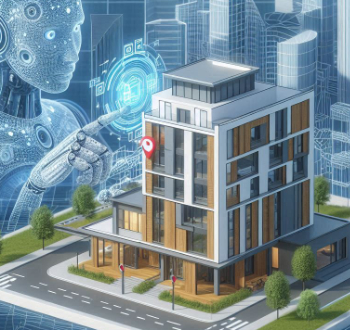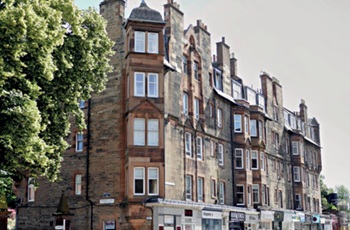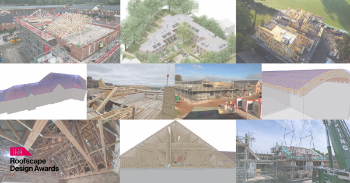Underground built environment

|
Anything that is located below the ground is regarded as being ‘underground’. Some of London’s mass transit system runs underground and is called the Underground.
The underground is a realm that contains a host of services – water and sewerage pipes, power and telecommunication cables, foundations and basements, as well as road and rail tunnels. Many tall buildings have numerous floors located underground. Creating and accessing these assets will usually require ground excavation.
Concerns about the disruption caused by the construction of basements, and the trend for ever larger 'iceberg' basements in cities such as London have resulted in attempts to introduce restrictions, such as the Basement Excavation (Restriction of Permitted Development) Bill and the Planning (Subterranean Development) Bill. For more information see: Basements.
Recent years have seen more attention being afforded to the exploitation of the underground realm as a means of relieving the congestion of city life. Some have argued that it is not just services, tunnels and basements that can be located underground, but also facilities that do not really need to be on the surface and can operate perfectly efficiently below ground. This can include waste treatment facilities, parking, factories, libraries, shopping malls, educational establishments, cinemas and theatres. Some have even argued for housing to be considered.
In New York, the Lowline (pictured) was a 16-month experiment which ran from October 2015 to February 2017 to gauge how green public space could be created and whether it could thrive underground. Using an acre of former industrial underground space that had been unused since 1948, the project funnelled daylight underground through a series of tubes; this allowed more than 100 plant and tree species to thrive and created a striking underground space. Having attracted over 100,000 visitors during its lifetime, the Lowline showed that parks could be created underground to provide space for relaxation and contemplation, away from the hustle and bustle of a modern metropolis.
[edit] Related articles on Designing Buildings
Featured articles and news
Moisture, fire safety and emerging trends in living walls
How wet is your wall?
Current policy explained and newly published consultation by the UK and Welsh Governments.
British architecture 1919–39. Book review.
Conservation of listed prefabs in Moseley.
Energy industry calls for urgent reform.
Heritage staff wellbeing at work survey.
A five minute introduction.
50th Golden anniversary ECA Edmundson apprentice award
Showcasing the very best electrotechnical and engineering services for half a century.
Welsh government consults on HRBs and reg changes
Seeking feedback on a new regulatory regime and a broad range of issues.
CIOB Client Guide (2nd edition) March 2025
Free download covering statutory dutyholder roles under the Building Safety Act and much more.
AI and automation in 3D modelling and spatial design
Can almost half of design development tasks be automated?
Minister quizzed, as responsibility transfers to MHCLG and BSR publishes new building control guidance.
UK environmental regulations reform 2025
Amid wider new approaches to ensure regulators and regulation support growth.
The maintenance challenge of tenements.
BSRIA Statutory Compliance Inspection Checklist
BG80/2025 now significantly updated to include requirements related to important changes in legislation.
Shortlist for the 2025 Roofscape Design Awards
Talent and innovation showcase announcement from the trussed rafter industry.






















